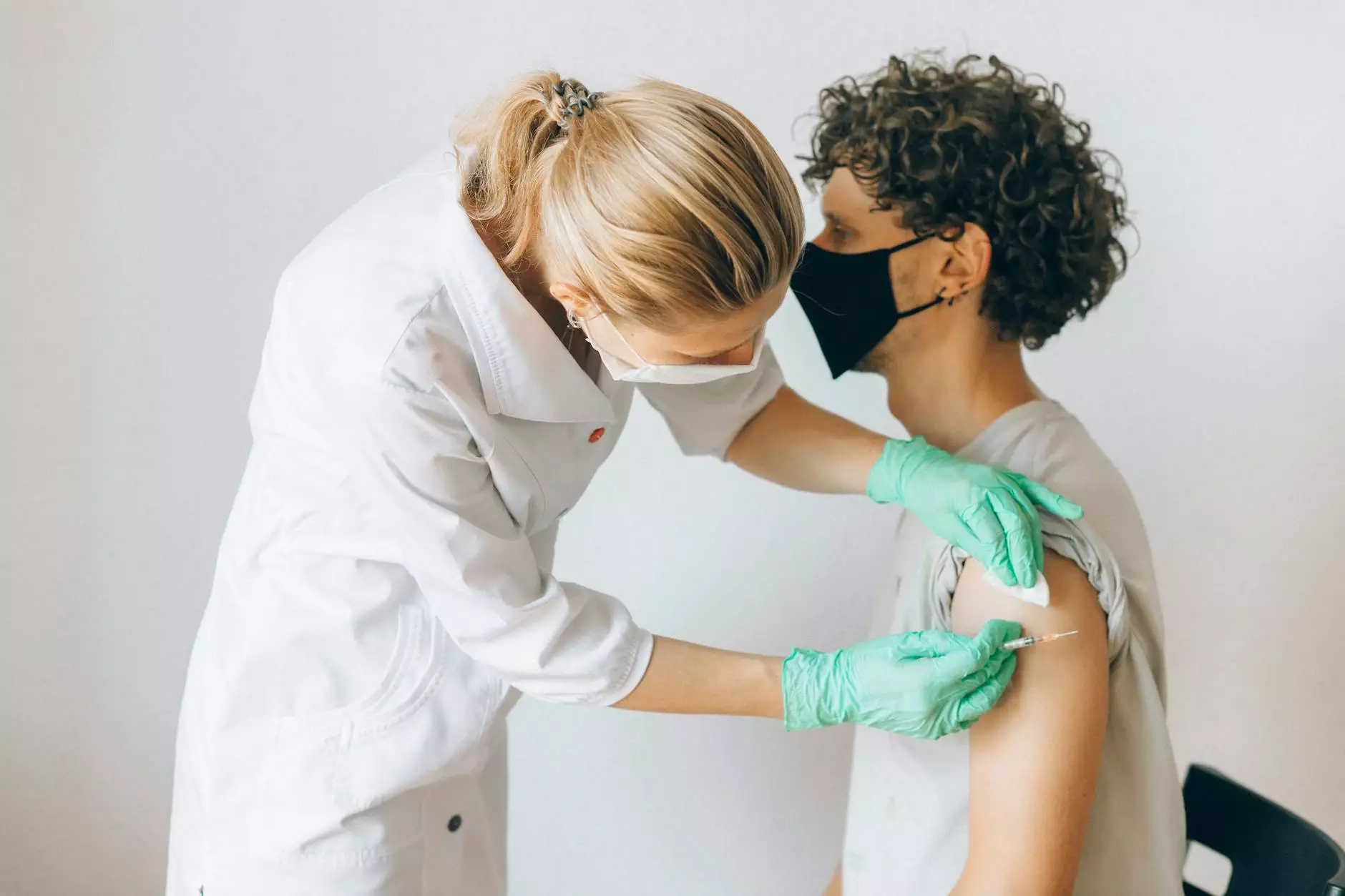ABCDEs of Melanoma: How Doctors Diagnose Skin Cancer
Services
Introduction
Welcome to Benjamin Shettell, MD, where we strive to provide comprehensive care and valuable information in the field of skin health. In this article, we will explore the ABCDEs of melanoma and how doctors diagnose skin cancer. Understanding these key factors can help you detect potential skin cancer early and seek appropriate medical attention promptly.
What is Melanoma?
Melanoma is a type of skin cancer that develops from the pigment-producing cells called melanocytes. It is one of the most aggressive forms of skin cancer and requires immediate attention for effective treatment. Early detection increases the chances of successful treatment and improves long-term outcomes.
The ABCDEs of Melanoma
The ABCDEs of melanoma represent the common characteristics doctors look for when diagnosing potential skin cancer:
1. Asymmetry
Melanoma lesions often appear asymmetric, meaning one half differs from the other half in terms of shape or size. This irregularity may indicate the presence of cancerous cells.
2. Border
Suspicious skin lesions may have uneven, ragged, or blurred borders. Smooth and well-defined borders are usually indicative of benign moles, while irregular borders can be a sign of melanoma.
3. Color
The color variation within a single skin lesion can serve as a warning sign. Multiple shades of brown, black, or even pink, red, white, or blue may suggest melanoma.
4. Diameter
Although melanomas can be smaller, they typically have a larger diameter than benign moles. Any growth exceeding 6 millimeters (about the size of a pencil eraser) should be examined by a dermatologist.
5. Evolution
Change is a significant factor in diagnosing skin cancer. Monitoring any changes in size, shape, color, or appearance over time is crucial for detecting early signs of melanoma. It's important not to ignore any evolving skin lesions.
Diagnosing Skin Cancer
When doctors suspect skin cancer, they may utilize various diagnostic procedures to confirm the presence of melanoma:
- Skin examination: A dermatologist carefully examines suspicious skin lesions using specialized techniques and may recommend further tests if necessary.
- Biopsy: In this procedure, a small sample of the suspicious skin area is removed and sent to a laboratory for detailed analysis. A biopsy helps determine if cancer cells are present and provides essential information for accurate diagnosis and treatment planning.
- Dermoscopy: Dermoscopy involves using a handheld device with magnification and lighting capabilities to examine the surface layers of the skin. This technique helps identify specific features associated with melanoma.
- Molecular testing: Molecular testing analyzes the genetic components of skin cells to identify genetic changes associated with melanoma. This advanced diagnostic tool assists in categorizing the type and aggressiveness of melanoma.
- Imaging tests: In rare cases where melanoma has spread beyond the skin, imaging tests like X-rays, CT scans, or MRIs can help evaluate the extent of cancer involvement.
The Importance of Early Detection
Early detection of skin cancer, including melanoma, is vital for successful treatment outcomes. When diagnosed and treated in the early stages, melanoma has a high cure rate. Regular skin self-examinations, combined with professional evaluations by dermatologists, significantly contribute to early detection.
It is crucial to note that self-examinations are not a substitute for professional medical care. If you notice any suspicious skin growth or changes, it is essential to consult a qualified dermatologist promptly. Remember, early detection saves lives.
Conclusion
In conclusion, understanding the ABCDEs of melanoma and the diagnostic measures doctors utilize is crucial in the early detection and effective treatment of skin cancer. Benjamin Shettell, MD is committed to raising awareness about skin health, providing comprehensive care, and assisting patients in their journey towards optimal skin well-being.










